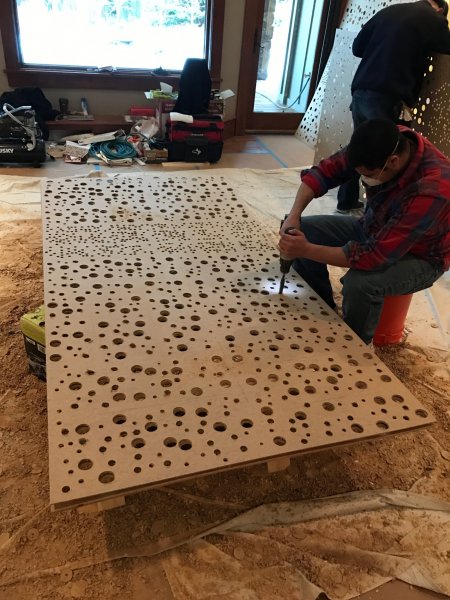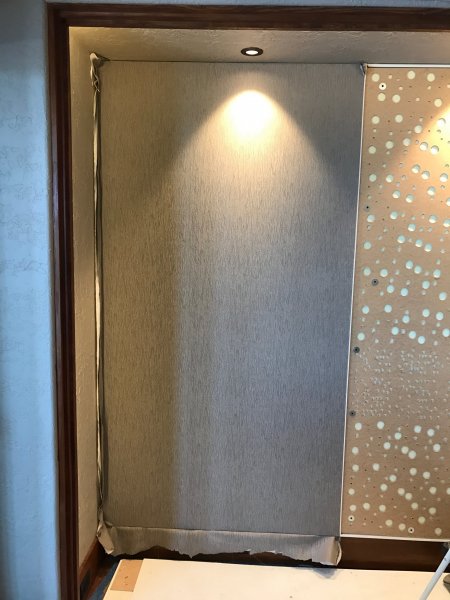I had skipped over this post and just now came to read it.
Here is what I could find specifically from the manual about the listening seat:
1. The location of your listening position is as important as the careful setup of your Wilson Audio loudspeakers.
2. It is helpful to have another listener seated in the listening position to assist you during this process.
3. The listening position should ideally be no more than 1.1 to 1.25 times the distance between the tweeters on each speaker.
4. Our experience has shown that any listening position that places your head closer than 14” from a wall will diminish the sonic results of your listening due to the deleterious effects of boundary interaction.
The manual indicates that the listening position is AS IMPORTANT as the careful set up of the speakers. Fine, but why and how do you locate it? They suggest having someone sitting in the listening seat to help position the speakers, but how do you know where that is? They describe the distance ratio for the speaker and listening seat locations, and finally, they do not suggest placing the listening seat closer than 14" from the wall behind the listener.
This advice is also vague and confusing. How can one locate the listening seat before the speakers are positioned if one needs to sit in the listening seat to hear the best locations for the speakers? Suggesting a ratio for the distance of one to the other is helpful, but that implies that the listening seat is dependent on where the speakers are located and therefore is determined AFTER the speakers are positioned. This contradicts the notion that a fellow listener is already seated in the listening seat prior to the listening tests of the voice when determining the "zone of neutrality".
I don't want to get between you and Francisco, but having gone three times through the WASP process with Wilson employees, perhaps the "how can you do this if you need Both the chicken And the egg at the Same Time?" confusion could be soothed with some clarification.
Different users have different levels of experience and maybe not every single detail is in a manual or a third-party article. Wilson sells through dealers and expects them to provide value beyond generating an invoice.
First, keep in mind that various steps in the WASP process can be iterative.
Once the speakers and the listening seat (assuming just one) are within the 'zone of neutrality' (watch for Romulans) and the speakers initially positioned based on voicing, the listening seat can be positioned per the not more than 1.1 to 1.25 times the distance between the tweeters and more than 14" from the rear wall. That's a starting point. None of those positions are final.
From there it's a process of continual refinement. All three objects can be shifted within a limited region and the adjustments become smaller and smaller. At some point the height of the listener's ears are measured and the mids+tweeters are adjusted. Since that height stays pretty much fixed, if the speakers or the listening chair get moved again, the mid+tweeter adjustments are easy to modify. Wilson engineers provide a matrix of the various distances for making the speaker adjustments. From what I"ve seen, toe-in is usually the last step. If something goes Terribly Wrong, adjustments can go in reverse then start over again at some point. Adjustements are based on listening.
Once the set-up person and the end-user are satisfied, the configuration is given a grade (don't know if I'm supposed to say that) which along with all the information about the set-up is recorded and kept by Wilson in case they or the dealer need to return and re-work the set-up. Given the variability between rooms, I believe they offer the best that can be done using the factors on hand and their methodology. Some rooms are better than others. From my experience set-up can take about a day or slightly more.
Apparently the Wilson method has the success that is reflected in the overall success of the brand. And we agree there are other ways of going about this - people doing set-up as a service have methods they believe in. Many routes to satisfaction.
What I'm saying here has not been vetted by Wilson and perhaps I got some part wrong - I do not represent them. It is based on my experiences with the set-up of my own speakers, reading their manuals and talking with Wilson personnel.



